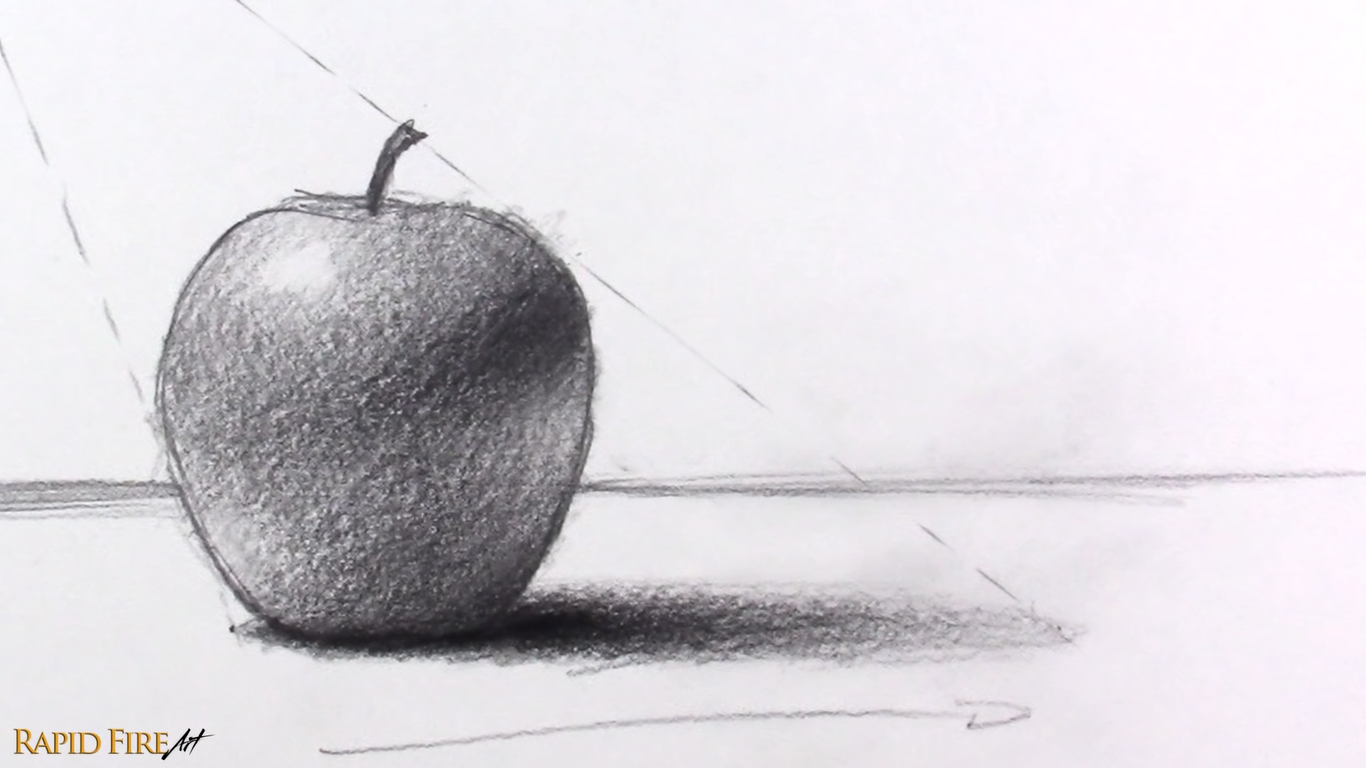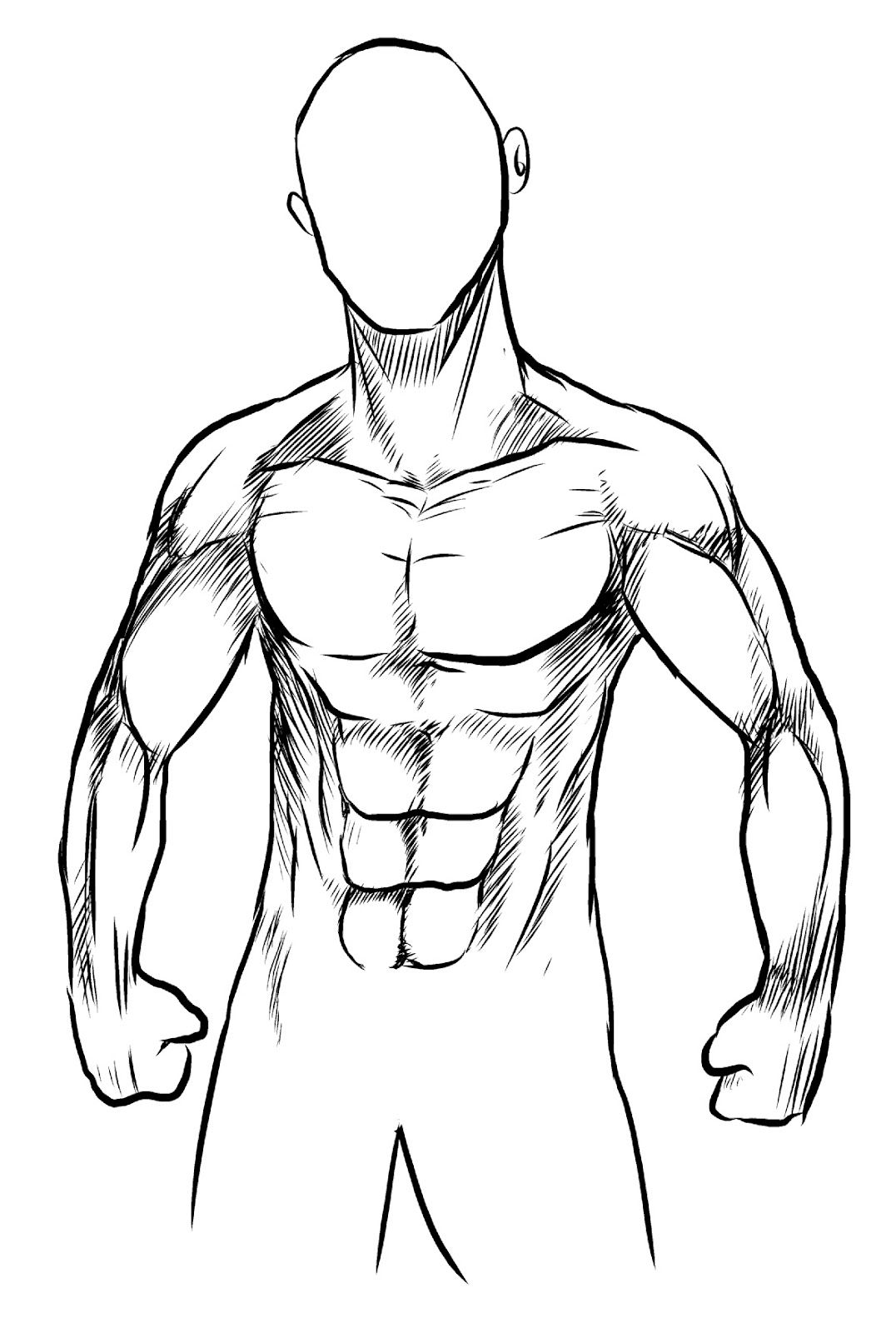Shading guide drawing karen campbell draw faces bonus basic fun artist drawings choose board classes
Table of Contents
Table of Contents
Are you struggling to add depth and dimension to your drawings? One essential skill that artists must master to create realistic and lifelike drawings is shading. Shading can turn a flat image into a 3D masterpiece by creating the illusion of light and shadow. In this article, we will guide you step by step on how to draw shading, so you can add depth and dimension to your drawings and take your artwork to the next level.
Have you ever been frustrated by your drawings lacking depth and realism? Do you struggle with creating the illusion of light and shadow in your artwork? If so, you are not alone. Many artists find shading a difficult skill to master. However, by following our step-by-step guide, you can learn how to add depth and dimension to your drawings and make them more lifelike.
How to Draw Shading Step by Step
The first step in shading is to identify the light source. This will determine where the shadows fall in your drawing. Once you have identified the light source, you can start to add shading by using a range of tones, from light to dark. Start by adding the lightest tones, then gradually build up the darkness by layering more graphite or charcoal.
Another important factor in shading is the direction of your strokes. Use curved and cross-hatch strokes to create a more natural-looking shading effect. Be patient and take your time, building up the shading in layers to achieve the desired effect.
Adding Contrast with Shading
To create a more dramatic effect in your drawings, you can use contrast in your shading. This means creating a sharp contrast between the lightest and darkest tones, which will create a strong sense of light and shadow. To achieve this effect, use heavy pressure when applying your dark tones, and work them into the lighter tones to create a smooth transition.
Blending Techniques for Smooth Shading
If you want to create a softer, more blended effect in your shading, you can use blending techniques. These can include blending stumps, tortillons, or even your finger to soften the edges of your shading and create a more natural-looking effect. Be careful not to overblend, as this can remove too much of the shading, leaving it flat and lacking depth.
Creating Realistic Textures with Shading
Shading can also be used to create a range of textures in your drawings. From rough and textured to smooth and polished, shading can bring your artwork to life. By using different techniques, such as cross-hatching or stippling, you can create a range of textures and add depth and interest to your drawings.
Question and Answer
Q: Do I need expensive materials to learn how to shade?
A: No, you can start with basic pencils and paper. As you progress, you may want to invest in higher-quality materials, such as graphite sticks or charcoal.
Q: How do I know where to put the shadows in my drawing?
A: Identify the light source in your drawing and imagine where the shadows would fall. Look for areas of contrast and apply shading to these areas to create depth and dimension.
Q: Can I use shading in all types of drawings?
A: Yes, shading can be used in all types of drawings to create the illusion of light and shadow. Whether it’s a still life, portrait, or landscape, shading can be used to add depth and realism to your artwork.
Q: How can I practice my shading skills?
A: Start by shading simple shapes, such as spheres or cubes. Experiment with different techniques and strokes to see what works best for you. As you improve, try shading more complex objects and scenes.
Conclusion of How to Draw Shading Step by Step
Mastering the skill of shading can take time and practice, but with our step-by-step guide, you can start to add depth and dimension to your drawings today. Whether you are a beginner or an experienced artist, shading is an essential skill to master if you want to create realistic and lifelike artwork. Remember to be patient, take your time, and experiment with different techniques to find what works best for you. Happy shading!
Gallery
Shading | Drawing For Beginners, Shading Drawing, Drawings

Photo Credit by: bing.com / shading drawing easy tutorial drawings deviantart beginners charcoal lessons techniques basic tutorials pencil beginner exercises shade worksheets tips draw sketches
Learn How To Sketch & Draw: 60 Free Basic Drawing For Beginners

Photo Credit by: bing.com / rapidfireart graphite diys
Bonus Shading Guide | Art Classes With Karen Campbell, Artist

Photo Credit by: bing.com / shading guide drawing karen campbell draw faces bonus basic fun artist drawings choose board classes
This Artist Is Teaching People How To Draw With Step-by-Step Visual

Photo Credit by: bing.com /
This Artist Is Teaching People How To Draw With Step-by-Step Visual

Photo Credit by: bing.com / shading





